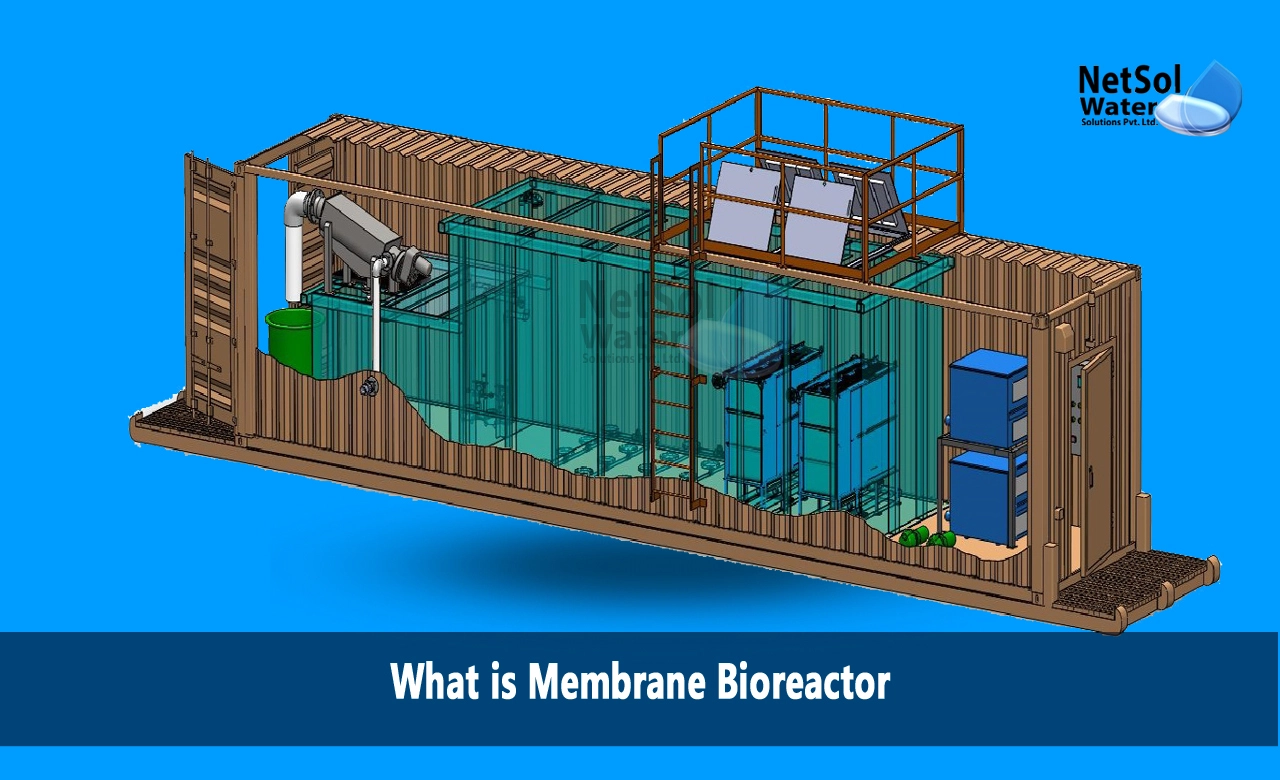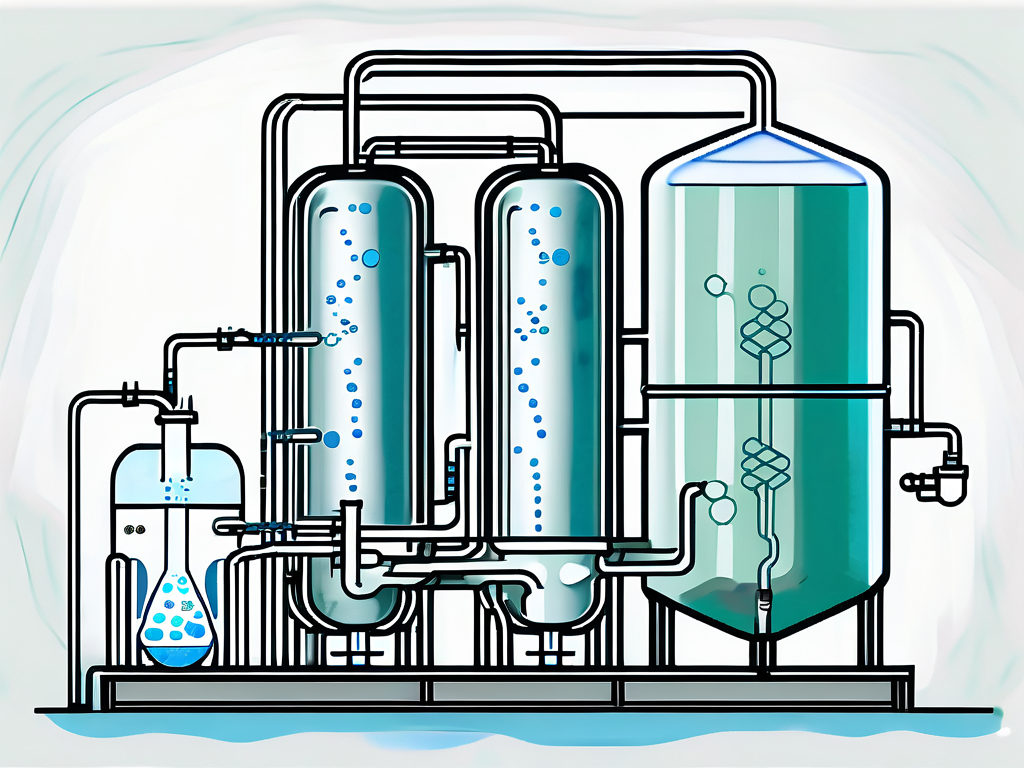Membrane Bioreactor vs. Traditional Treatment Methods: Key Differences Explained
Membrane Bioreactors Discussed: Effective Solutions for Clean Water
Membrane layer bioreactors (MBRs) have arised as an innovative solution for dealing with journalism obstacles of wastewater therapy. By integrating organic procedures with advanced membrane layer purification, MBRs not just enhance the top quality of treated water but also reduce the spatial demands of treatment facilities. As environmental problems increase, the function of MBR modern technology in promoting sustainable water monitoring comes to be progressively substantial. However, the complexities of their procedure, advantages, and potential applications warrant a closer assessment to fully understand their effect on the future of water therapy.

What Are Membrane Layer Bioreactors?
Membrane layer bioreactors (MBRs) are sophisticated wastewater treatment systems that combine biological deterioration procedures with membrane filtering innovation. This integration permits for the efficient removal of contaminants from water, making MBRs a preferred choice in various applications, consisting of local wastewater treatment and commercial effluent monitoring.

One of the vital benefits of MBRs is their capability to create premium effluent, frequently ideal for reuse in irrigation or industrial procedures. Additionally, MBRs need a smaller sized footprint contrasted to standard therapy systems, making them excellent for metropolitan settings where area might be limited.
Furthermore, MBRs can efficiently take care of differing influent loads and are less vulnerable to the effects of poisonous shocks. These features add to their expanding appeal as a sustainable remedy for attending to the enhancing demand for tidy water while decreasing environmental effects.
Exactly How Membrane Bioreactors Job
While the operation of membrane bioreactors (MBRs) might appear facility, it basically revolves around the harmony between biological processes and membrane layer purification. MBRs incorporate an organic treatment process, commonly triggered sludge, with a membrane separation system to treat wastewater effectively.
In an MBR system, wastewater is first presented into a bioreactor where bacteria weaken raw material and other pollutants. The biological activity minimizes the focus of toxins while advertising the development of biomass. Following this organic therapy, the combined liquor goes through membrane layer filtering, which can be microfiltration or ultrafiltration, depending upon the wanted effluent quality.
The membranes serve as a physical obstacle, enabling water and little solutes to pass while retaining put on hold solids and larger particles. This enables the system to maintain a high focus of biomass within the reactor, improving the therapy effectiveness.
Additionally, the constant splitting up of cured water from the biomass helps with a portable style and decreases the impact of the treatment facility. Overall, the mix of biological destruction and membrane layer filtering in MBRs results in reliable and reliable wastewater therapy, making certain high-quality effluent ideal for numerous applications.
Benefits of MBR Innovation
Among the key benefits of membrane layer bioreactor (MBR) technology is its capability to produce top notch effluent with a considerably decreased footprint contrasted to standard wastewater therapy techniques. MBR systems effectively combine organic therapy and membrane layer purification, causing remarkable removal of impurities, including put on hold solids, virus, and raw material. This capability results in effluent that usually satisfies or surpasses strict regulatory criteria for reuse and discharge.
Furthermore, MBR technology permits for greater biomass focus, which improves the treatment performance and minimizes the required reactor quantity. This portable style is particularly valuable in urban areas where area is limited. The operational flexibility of MBR systems likewise indicates they can adapt to varying influent top qualities and circulation rates, making them suitable for a vast array of applications.
Moreover, the reduced sludge production linked with MBR processes adds to lower functional and maintenance prices. The membrane layers act as a physical obstacle, lessening the risk of obstructing and allowing longer operational durations in between cleansing. Overall, the advantages of MBR modern technology make it an eye-catching solution for lasting wastewater therapy, addressing both environmental concerns and the need for efficient source administration.
Applications of Membrane Bioreactors
With their versatility and efficiency, membrane bioreactors (MBRs) locate applications throughout various fields, including local wastewater treatment, commercial procedures, and page also water reclamation. In local setups, MBRs give a portable solution for treating wastewater, effectively eliminating pollutants while all at once creating high-grade effluent that meets stringent regulative standards. This makes them especially appropriate for locations with limited area.
In commercial applications, MBR modern technology is used for dealing with process water, particularly in sectors such as food and drink, pharmaceuticals, and petrochemicals. These markets take advantage of MBRs' ability to deal with high organic loads and their performance in recovering valuable resources from wastewater, such as nutrients and water.
In addition, MBRs play an essential function in water reclamation initiatives, allowing the reuse of dealt with wastewater for irrigation, industrial processes, or perhaps as drinkable water after additional treatment (Membrane Bioreactor). Their effectiveness in eliminating microorganisms and contaminants makes them a reliable selection for making certain water quality in different reuse applications
Future of Water Treatment Solutions
The future of water treatment remedies is poised for transformative advancements driven by technological innovation and enhancing environmental awareness. As global water scarcity comes to be a pressing concern, brand-new methodologies, consisting of membrane bioreactor (MBR) systems, are set to play a critical role in improving the performance and sustainability of water therapy processes.
Arising technologies such as expert system and equipment knowing are expected to optimize therapy operations, enabling for real-time surveillance and predictive maintenance. This will improve the total dependability and efficiency of water treatment facilities. Furthermore, developments in membrane materials, such as graphene and nanofiltration, look these up assure to enhance permeation prices and reduce fouling, resulting in lower power consumption and functional prices.
Additionally, the integration of sustainable energy sources right into water treatment plants will add to greener methods. The circular economy design will additionally gain grip, motivating the recuperation of important resources from wastewater, such as nutrients and power.
Final Thought

Membrane bioreactors (MBRs) have actually emerged as an advanced solution for resolving the pressing obstacles of wastewater treatment. By incorporating biological processes with advanced membrane filtration, MBRs not just enhance the quality of treated water yet likewise minimize the spatial needs of therapy facilities.One of the essential benefits of membrane bioreactor (MBR) modern technology is its capacity to create high-grade effluent with a significantly lowered footprint contrasted to standard wastewater treatment methods.With their convenience and performance, membrane layer bioreactors (MBRs) locate applications throughout numerous industries, including community wastewater treatment, commercial processes, and also water reclamation.In final thought, membrane layer bioreactors represent a considerable development in wastewater treatment technology, incorporating organic procedures with efficient membrane layer filtration to generate high-grade effluent.